


|

|

|

|
Inside NPNever mind the rainy weather, there's always a chance of catching a good photograph in a wild area. |
Above treelineThe Rees Valley near Shelter Rock Hut, where the alpine part of the track begins. |

|

|

|

|

Snowy CreekFollowing down Snowy Creek we catch a first glimpse of the Dart Valley in the distance. |
HutThe Dart Hut again is located in forest. Hut and campground are separated by a river and linked by a bridge. |
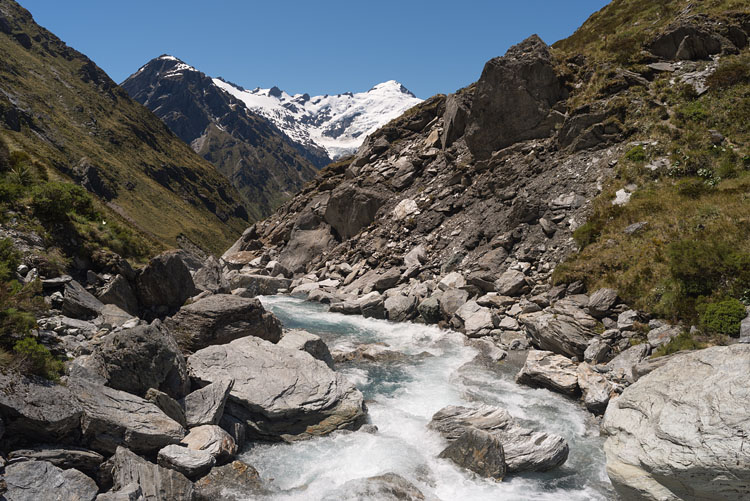
|

|
BridgeThe bridge between Dart Hut and campground. |
From bridgeLooking down from the swinging suspension bridge. |

|

|

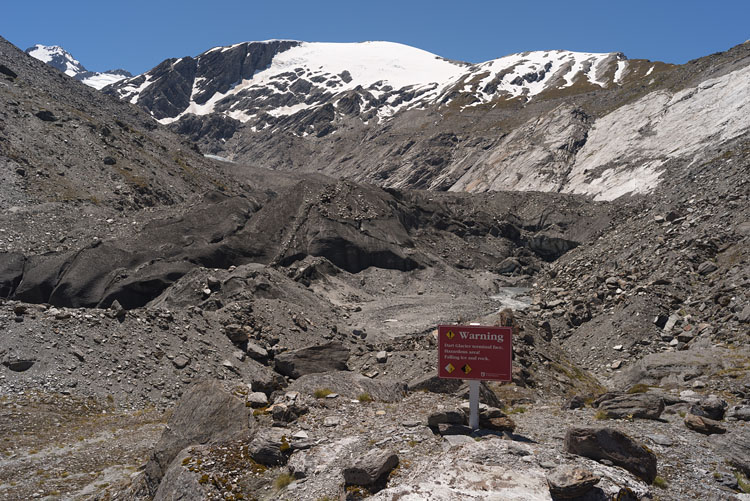
|

|

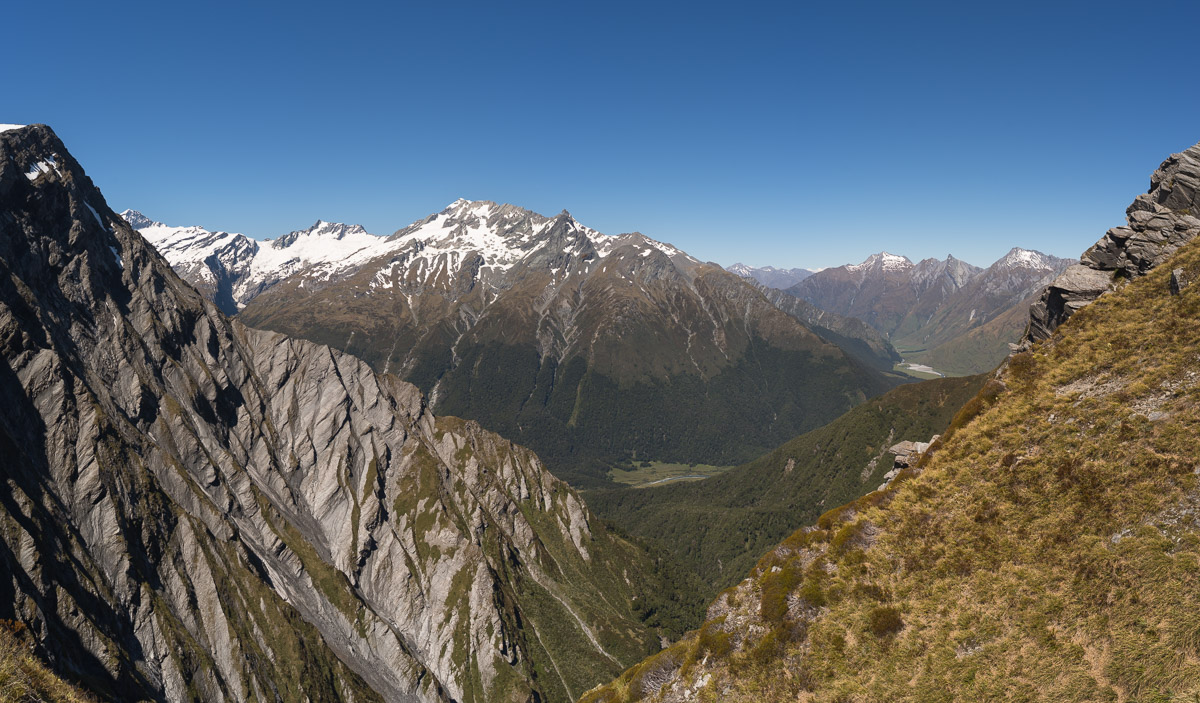

|

|

|

|

GlaciersThe southern slopes of Dart Valley are all covered with glaciers, among them the Hesse Glacier. |
Dart RiverAt a point not far from the Dart hut and just above the tree line. |

|

|
Kea againThis exemplar was raiding the Dart hut campground and has a guilty look in its eyes. |
RobinMore curious birds live in the New Zealand woods. The curiosity of the South Island Robin borders on craziness. |

|

|

|
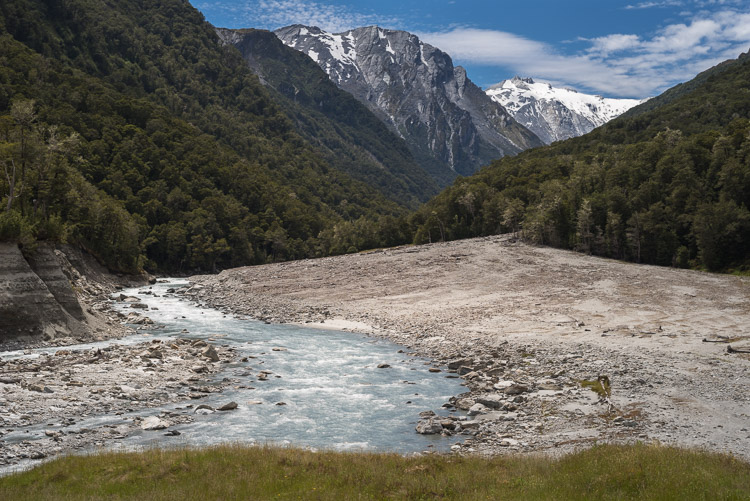
|

|

|
LandslideMechanical failure, earthquake, whatever the cause, the ground slipped down the slope. Once the stabilizing vegetation is gone, erosion continues over a long period. |
Dead treesA lake has formed behind the debris. The rising water level has killed many trees. |

|

|



|

|
NextJust a short drive away, our next track, the Routeburn, starts with a bridge across the river. |
Routeburn FlatsAlready higher up, we are looking down at the Routeburn Flats, after having bypassed the hut. |

|

|


|
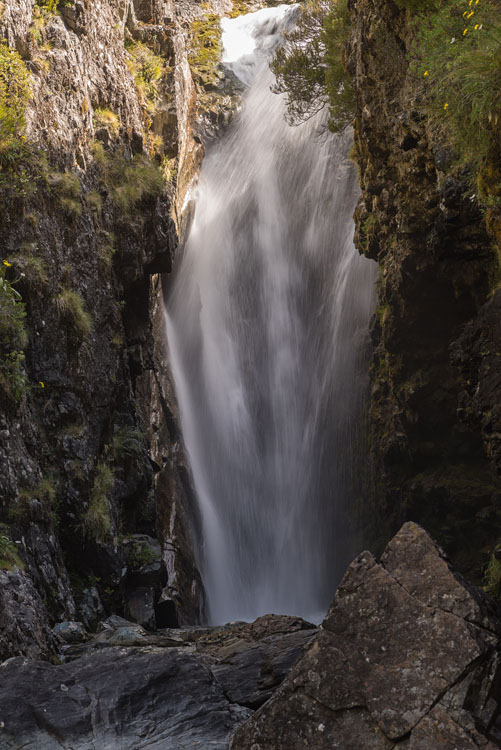
|
From fallsOne last view from above the hut in sunny weather... |
Flower...and on the next day the only remembrance of the sun were the Daisy flowers. |
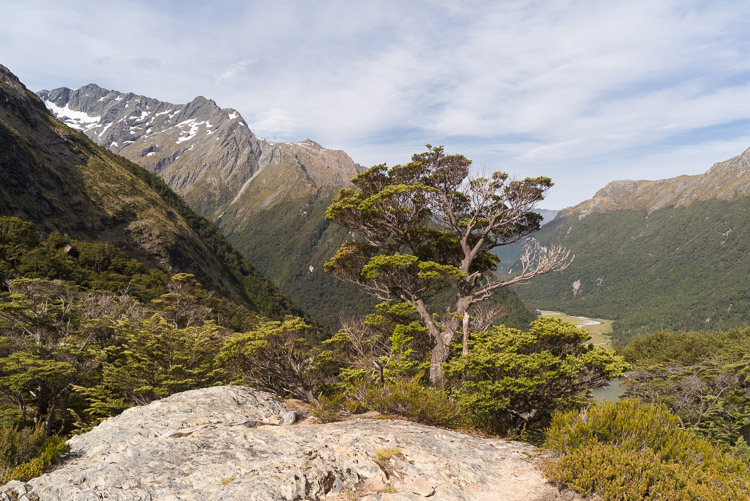
|

|
Lake HarrisLocated before Harris Saddle (1255 m), here in a misty drizzle. |
Lake MackenzieThe fog just lifted a bit and revealed this beautiful lake. |

|

|

|

|

|
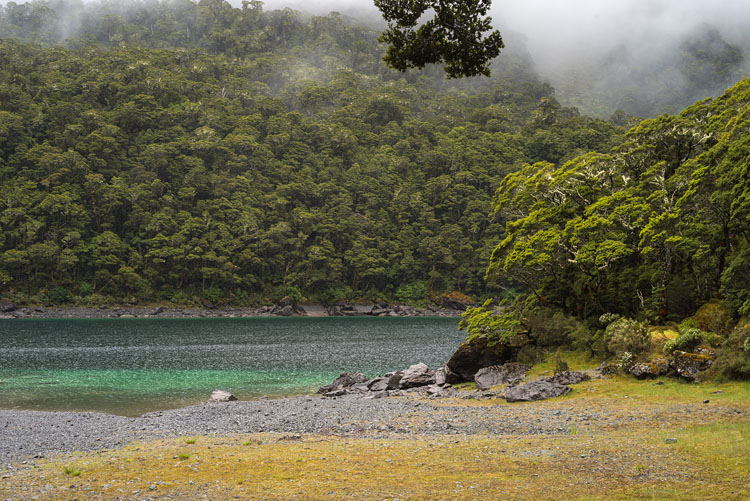
|


|

|

|

|